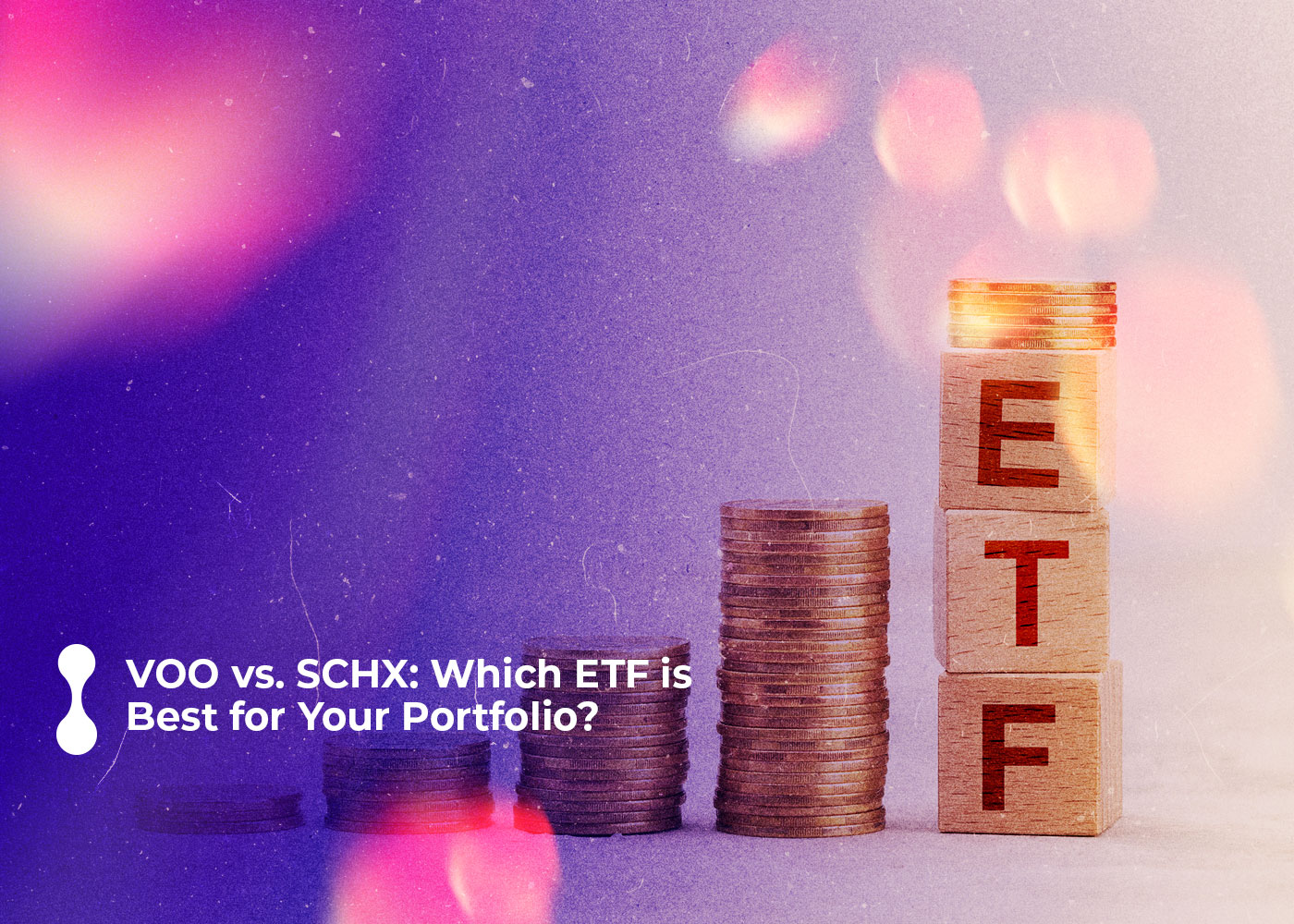As an investor, understanding which exchange-traded fund (ETF) is best for your portfolio can be difficult. Whether it’s the Vanguard S&P 500 ETF (VOO) or Schwab U.S. Large-Cap ETF (SCHX), both have their advantages and disadvantages that must be considered when making investment decisions. In this blog post, we’ll dive deeper into the different aspects of these two prominent funds to help you decide which one could benefit you most. We’ll give an overview of features such as cost, size, and sector allocations so that you can make a more informed decision on how VOO or SCHX could fit into your overall portfolio strategy.
VOO: Overview, Pros, and Cons
VOO is an abbreviation for Vanguard S&P 500 ETF. It is an exchange-traded fund that tracks the performance of the S&P 500 Index. In other words, investing in VOO means investing in the top 500 publicly traded companies in the United States. VOO is a great way for investors to gain exposure to the U.S. stock market, providing diversified exposure at a low cost. Moreover, VOO is known for its stability and consistency in performance, making it a suitable choice for long-term investors seeking capital appreciation. Overall, VOO is a valuable investment opportunity for any professional investor looking for a reliable and low-cost way to access the U.S. stock market.
Vanguard S&P500 ETF (VOO) is a low-cost, diversified exchange-traded fund (ETF) developed by Vanguard that tracks the performance of the S&P 500 index. This makes it a popular option among investors who want exposure to broad market movements.
The Pros:
• Lower Fees – VOO has some of the lowest fees among ETFs at 0.03%. This makes it a great option for those investing on a budget because they don’t have to worry about high transaction costs eating away at their returns.
• High Liquidity – Since VOO follows the S&P 500 index, it is traded very frequently, which means that investors can quickly enter or exit positions with minimal price impact compared to other ETFs with less liquidity.
• Diversified Exposure – By tracking the S&P 500 index, investors gain access to 500 large company stocks from different sectors of the economy, which helps diversify their portfolio risk and reduce volatility.
• Indexing Strategies – As an alternative to actively managed funds, VOO allows you to follow passive strategies such as dollar-cost averaging or value averaging, where you invest fixed amounts periodically over certain periods rather than trading based on short-term market movements, which can be emotionally taxing and costly due to increased trading costs.
The Cons:
• Limited Returns – Although following an indexing strategy like VOO may help reduce your overall risk profile compared to individual stocks, there is no guarantee that you will get higher returns than if you had invested in actively managed funds that attempt to beat their benchmark indices by taking calculated risks through individual stock picking or sector positioning strategies.
• Tracking Error Risk – There is always a tracking error risk when investing in an ETF such as VOO where performance does not perfectly reflect its underlying benchmark due; this could lead to underperformance during specific periods relative to its underlying benchmark making passive investments potentially riskier depending on how closely one wants their investment portfolio correlated with its underlying indices.

SCHX: Overview, Pros, and Cons
SCHX, also known as the Schwab U.S. Large-Cap ETF, is a popular investment option for those seeking exposure to large-cap U.S. stocks. With over $20 billion in assets under management, it seeks to track the performance of the Dow Jones U.S. Large-Cap Total Stock Market Index, providing investors with diversified exposure to some of the biggest and most well-known companies in the United States. Its low expense ratio and diversified holdings make it a top choice for those seeking a broad-based investment option in the large-cap U.S. equities market.
The Pros:
- Low Fees – The SCHX ETF has a low expense ratio of 0.03%, making it one of the cheapest methods for gaining large-cap stock exposure today.
- Diversification – By tracking over 500 large-cap stocks, SCHX offers diversification benefits that help lower portfolio risk.
- Tax Efficiency – Because SCHX is an ETF structure rather than a mutual fund, capital gains taxes have less of an impact on your investment’s growth as compared to other traditional investments like mutual funds or individual stocks/bonds purchases, which must be reported as income every year you own them (even if they don’t appreciate).
The Cons:
- Performance Risk – Although past performance can provide insight into potential future performance, no investing strategy guarantees success, so there are no guarantees when investing.
- Active Investing Exclusion – This fund only invests in securities listed on two major indices (the S&P 500 Index and Russell 3000), so active investors who want more control over their portfolios may be missing out by utilizing this fund.
- Liquidity Risk – Since this is a passive index-tracking vehicle, liquidity can become scarce from time to time depending on trading volume or changing investor sentiment toward certain holdings within its portfolio, which leads to wider bid/ask spreads resulting in slightly higher trading costs each time you trade shares through your broker or platform service provider.
How to Decide Which Is Best?
The comparison between SCHX and VOO can be difficult to make as they are both exchange-traded funds (ETFs) that track broad stock market indices. Generally speaking, when it comes to making an investment decision between the two, there are several factors you should consider.
First of all, the cost associated with each ETF is important. SCHX has a yearly expense ratio of 0.03%, just like VOO does. Additionally, both ETFs have different trading strategies available, depending on your individual investor style. One may be more appropriate than the other for your particular situation.
Secondly, it’s important to understand the underlying holdings for each index fund since these determine the overall performance of each ETF and the risk exposure that comes with them. For example, SCHX tracks the S&P 500 Index, which invests in large-cap stocks from across multiple sectors such as technology, finance, and industrial goods, whereas VOO tracks a mix of large-cap American companies included in S&P Dow Jones Indices – but specifically just tech stocks. So if you’re looking for diversified exposure or an industry-specific portfolio split, choosing between these two ETFs could come down to this factor alone!
Ultimately when it comes to deciding whether or not to invest in either one of these popular index funds – taking into consideration all associated costs like expenses ratios & commissions, plus understanding what sector/industry focus they offer, is key when formulating any investment decision!
Final Words:
By weighing the advantages and disadvantages between VOO and SCHX, it is clear that while both ETFs provide a great opportunity to diversify your portfolio and get competitive returns, each comes with its own strengths and weaknesses. Ultimately, what is right for one investor may not be right for another. Investors should consider the composition of their portfolios, assess the performance history of each ETF product, and have a thorough understanding of both the risk tolerance and investment goals before making an informed decision on which ETF to add to their portfolio. Having a good grasp of risk management strategies is integral to any successful investing strategy. With all this in mind, investors can confidently choose either ETF product, knowing they are making a sound investment decision that works best for them.
